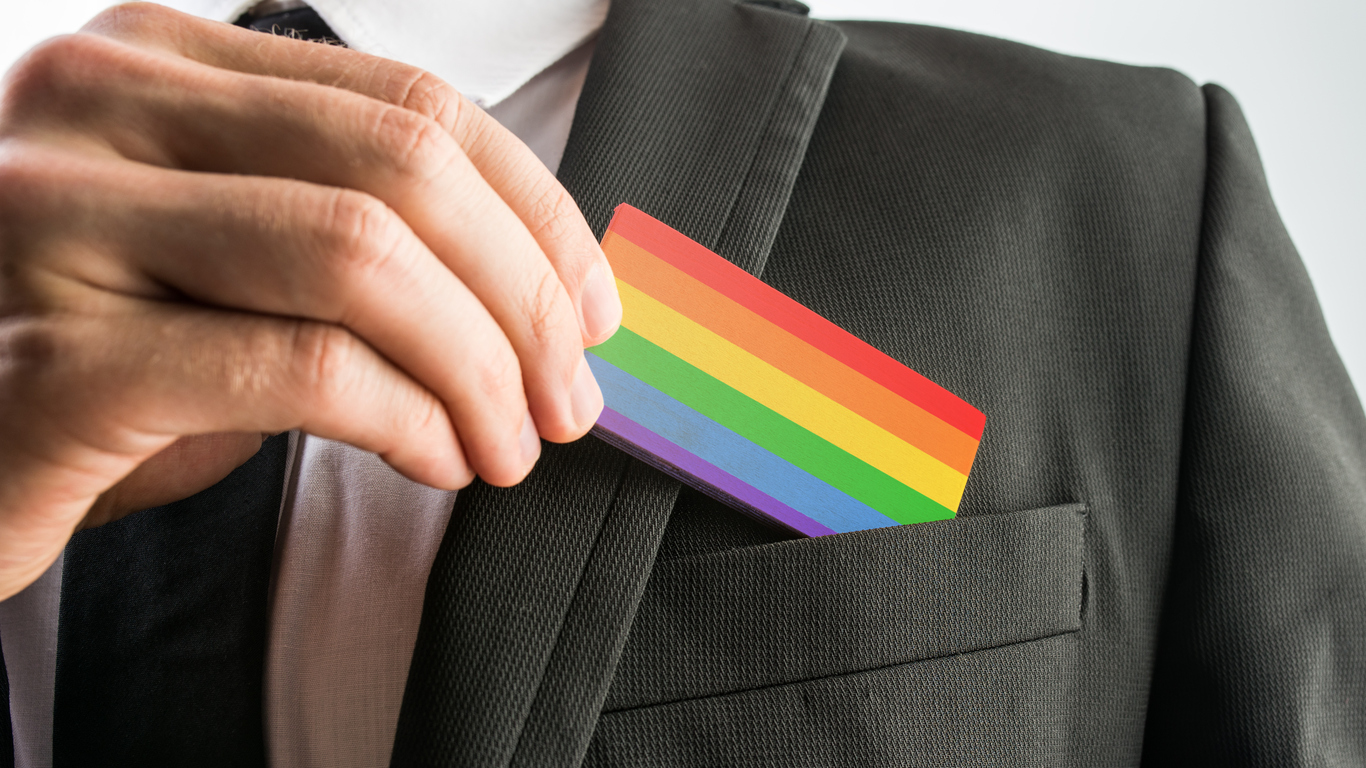It’s also not that difficult to be inclusive of the LGBTQ community, which, as mentioned before, (often) has disposable income. Additionally, given that we in the queer community were early adopters of many tech advancements, LGBTQ people have a proclivity (and excitement) for new, emerging technologies.
“Marketing to the LGBTQ community, and featuring us in advertisements, goes a long way,” says Melanie Cristol, the Founder & CEO of Lorals: lingerie for comfort, pleasure, and protection during oral sex.
“Advertise your products on LGBTQ-specific websites like The Advocate or Autostraddle, and make those ads appeal to LGBTQ customers with targeted language or imagery. And if you have the budget, it’s awesome to see mainstream advertisements that feature LGBTQ couples, for products that are not specifically targeted to us. I personally see such advertising as a social good, because it normalizes LGBTQ lives and reminds folks that, in so many ways, we have similar needs and wants in our lives. You can also feature LGBTQ couples on your social media accounts. It’s especially great if your advertisements and imagery can reflect the diversity of the LGBTQ community.”
With regard to actually creating and developing tech products specifically for LGBTQ people, Cristol explains, “It’s important to talk early-on to members of the LGBTQ community to figure out how their needs or wants might differ from your non-LGBTQ customer base.”
For example, when launching her company Lorals, they worked closely with the LGBTQ community to understand how to build their product to suit the needs of all potential consumers: “We talked with many members of the LBGTQ community, who were much more likely than their straight counterparts to have used similar products in the past. We learned the things that bother people about dental dams and ensured we would fix those problems with Lorals.”
At the end of the day, as the tech industry continues to expand, it needs to keep in mind the time period in which we’re living. LGBT people have immense power, in the forms of both social and financial capital. We’ve also been part of the tech industry since the beginning.
Thus, if tech industries wish to continue growing, they’d be remiss to not harness the power of LGBTQ people and the “pink economy.”
